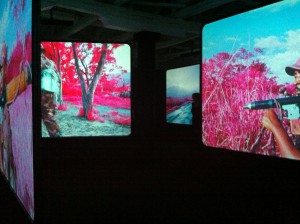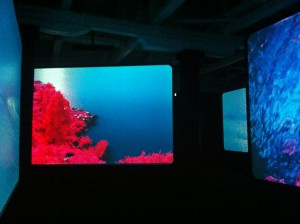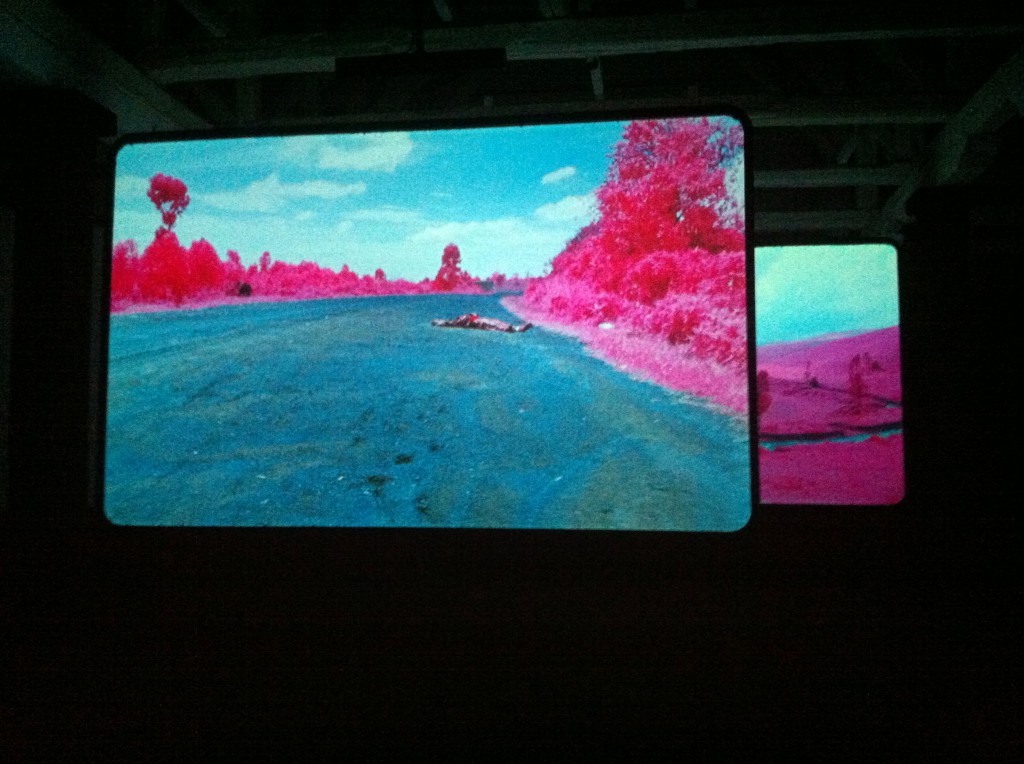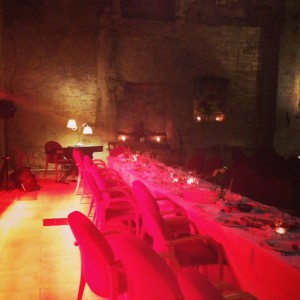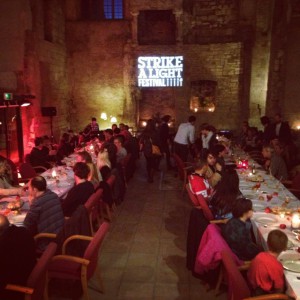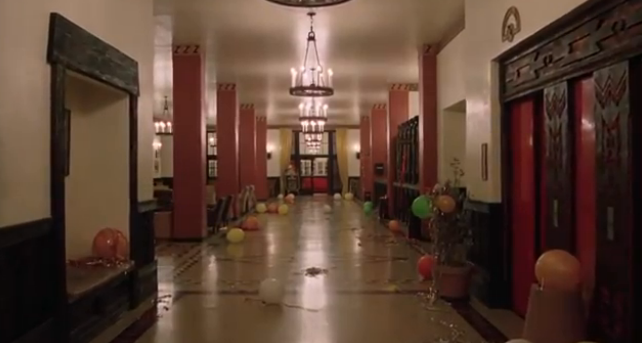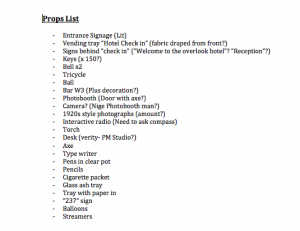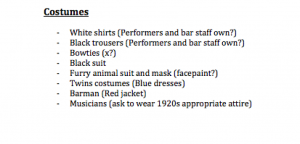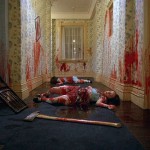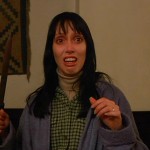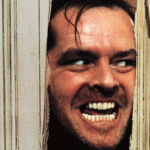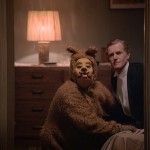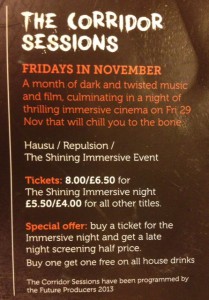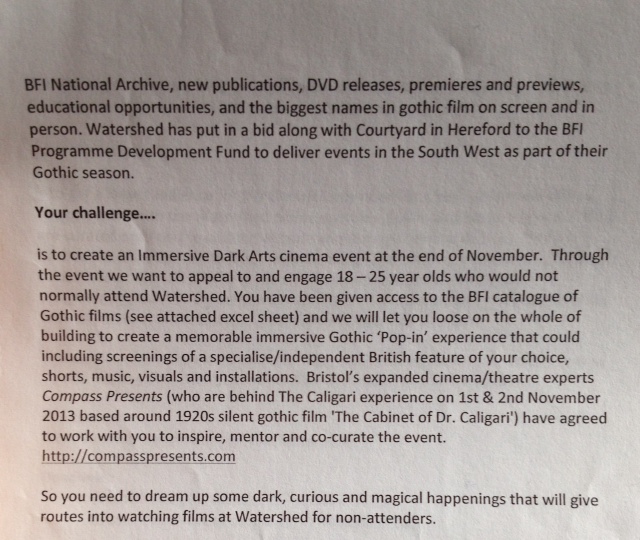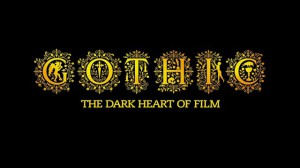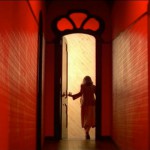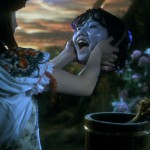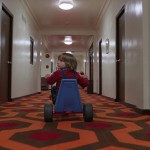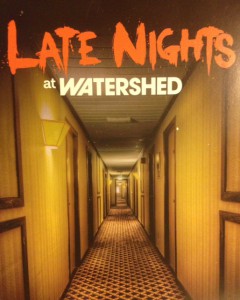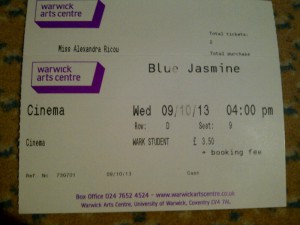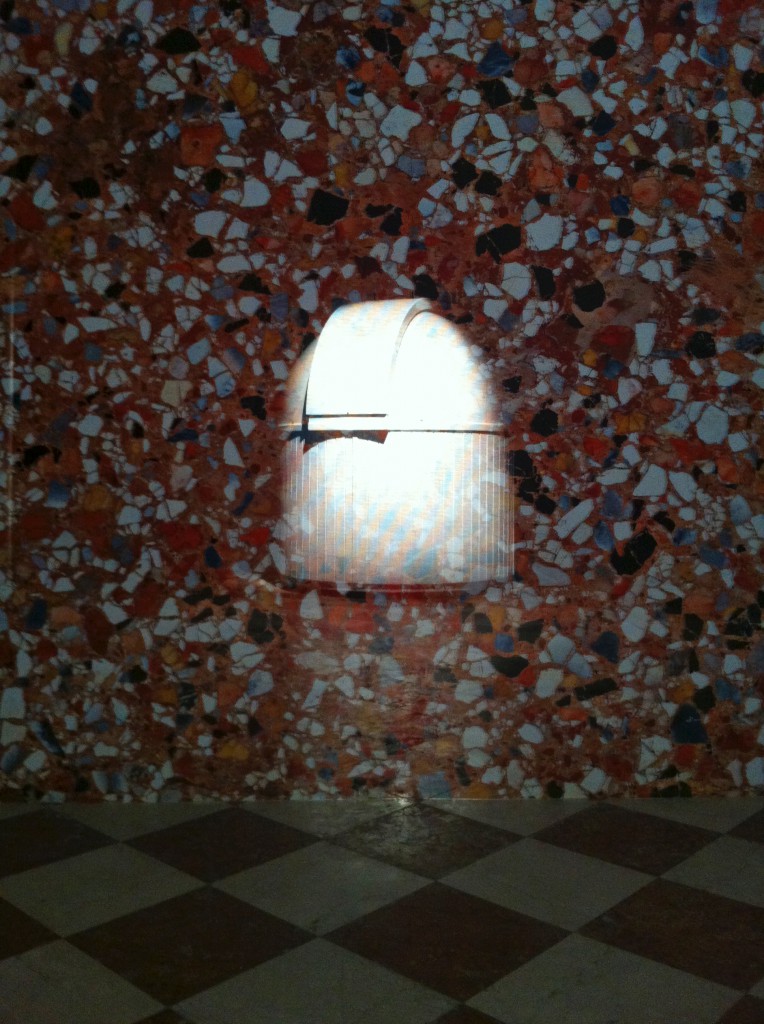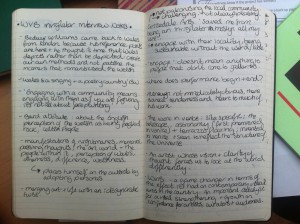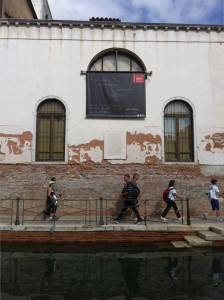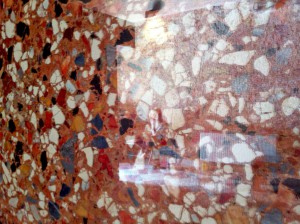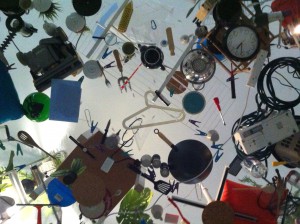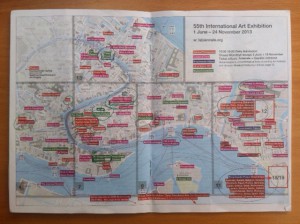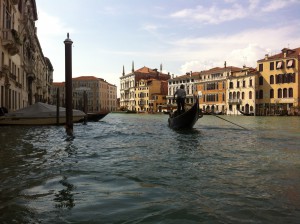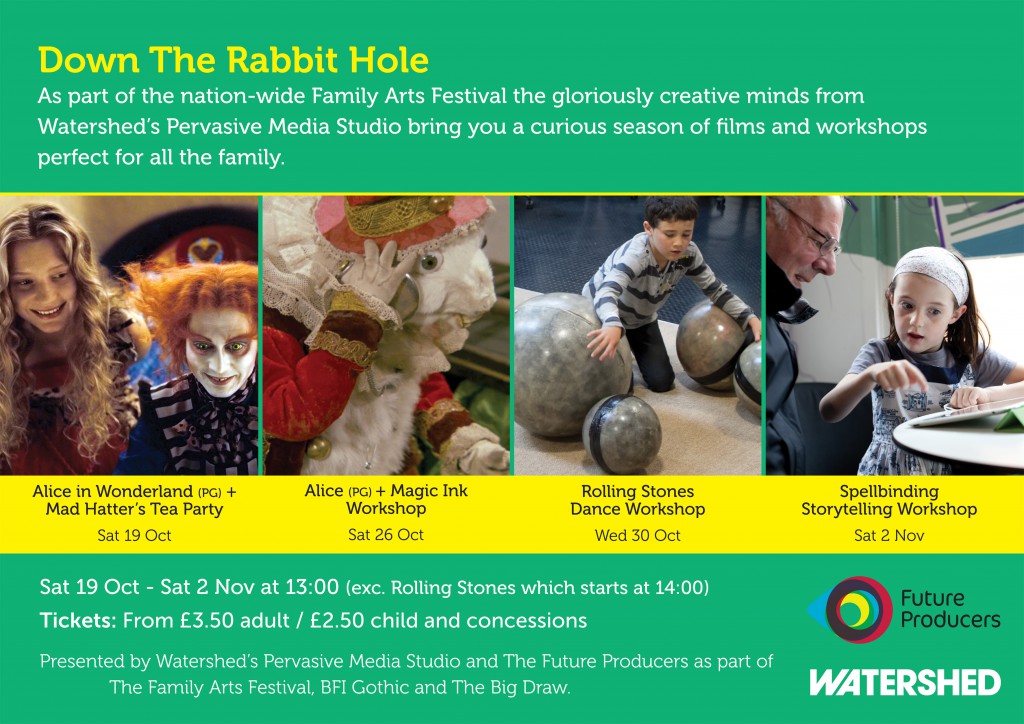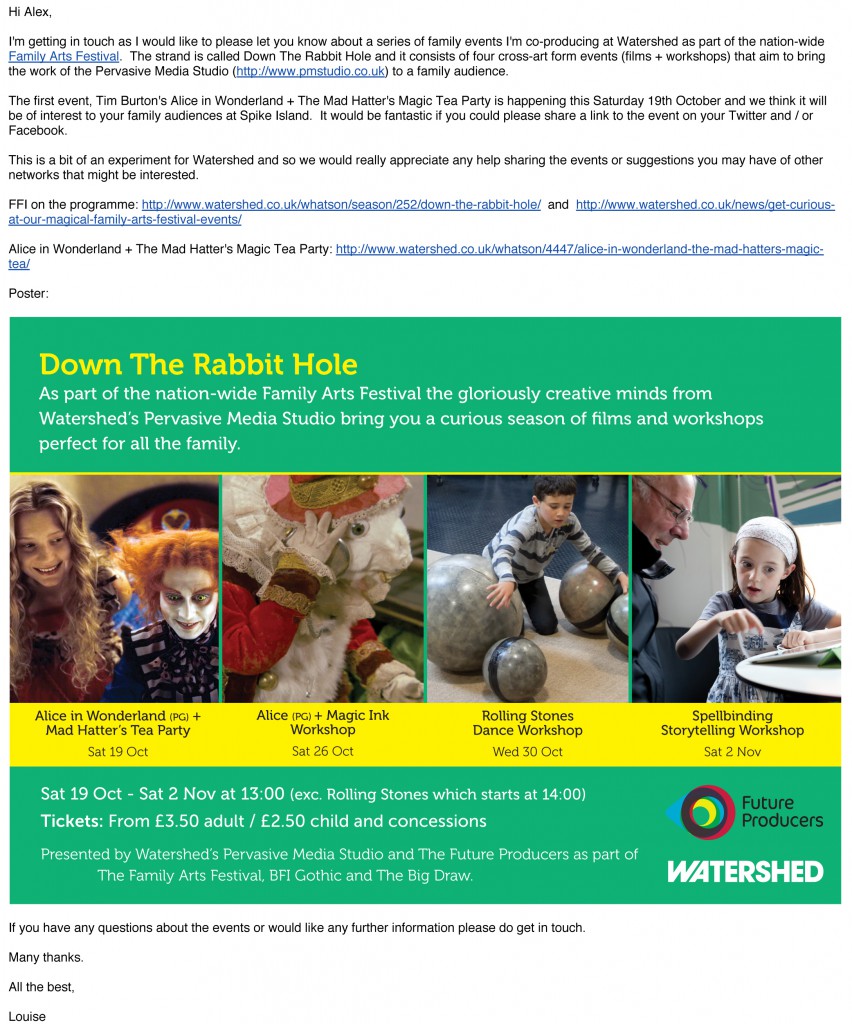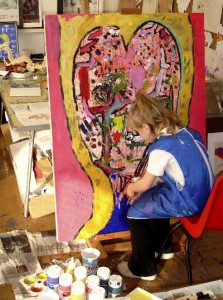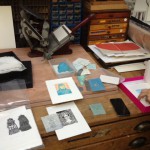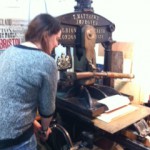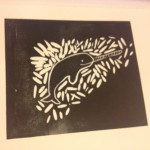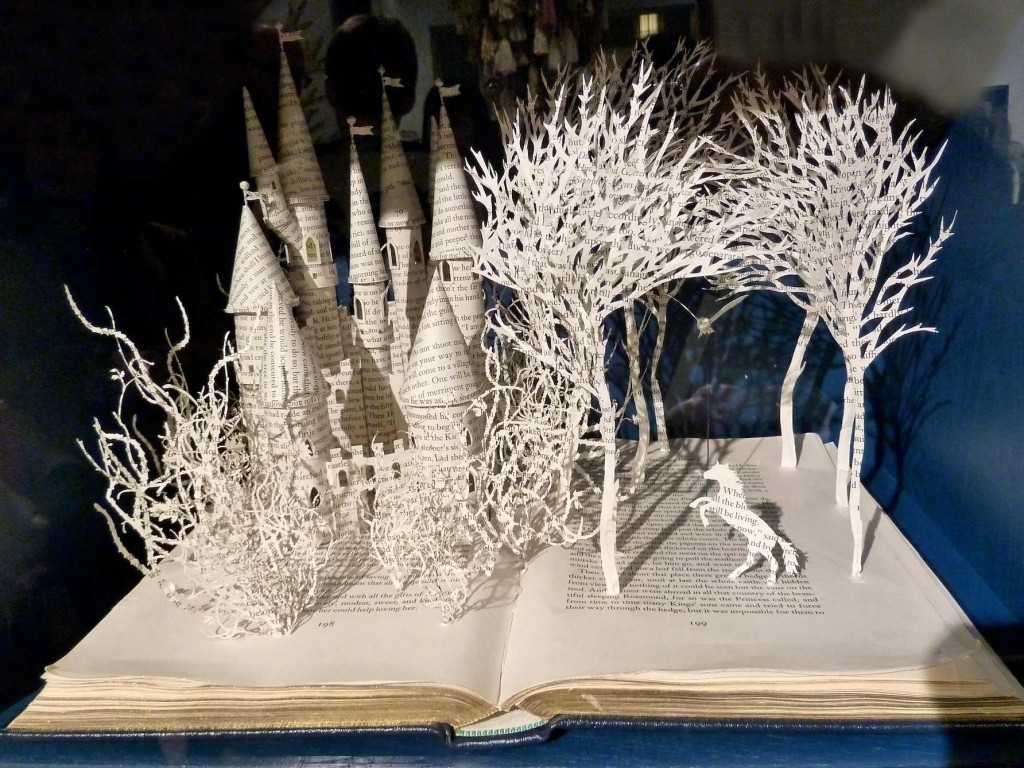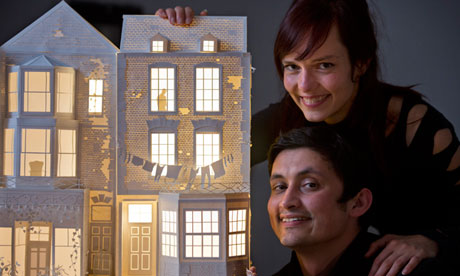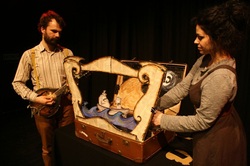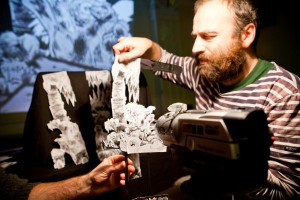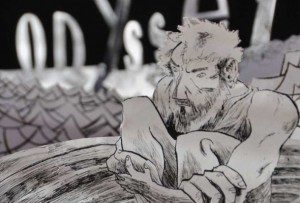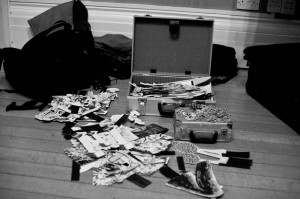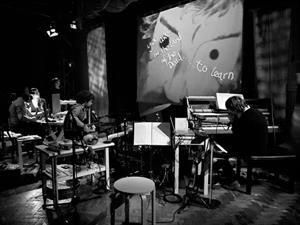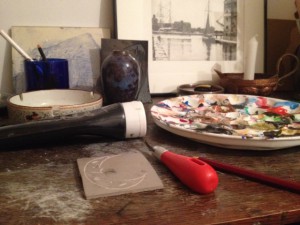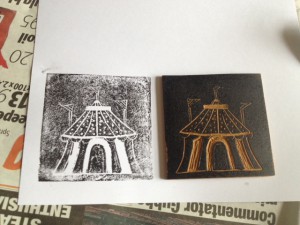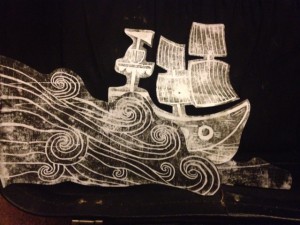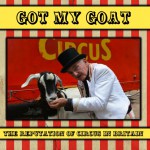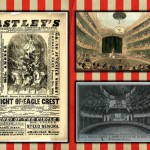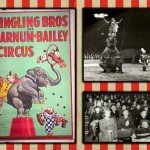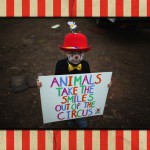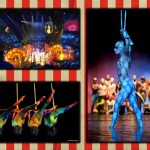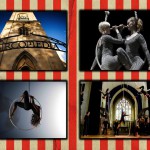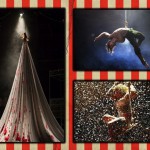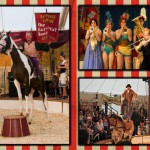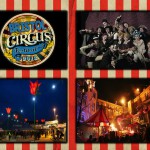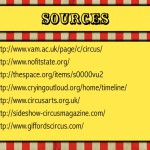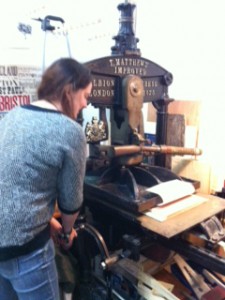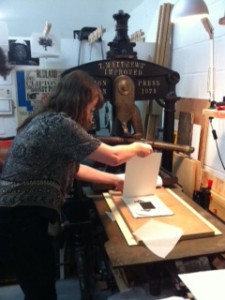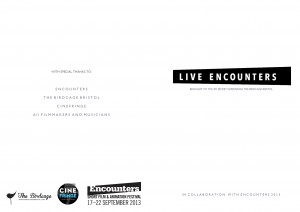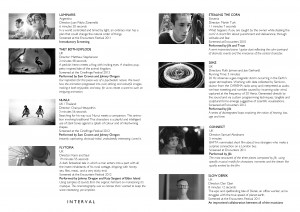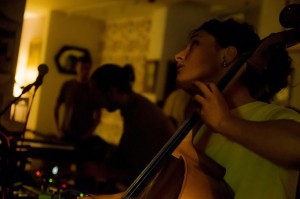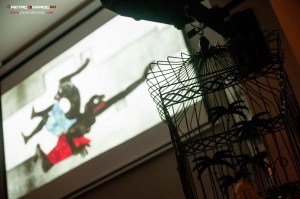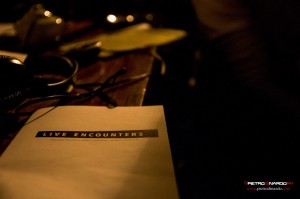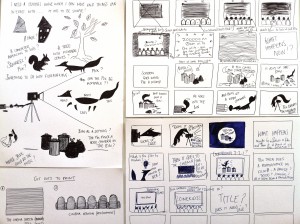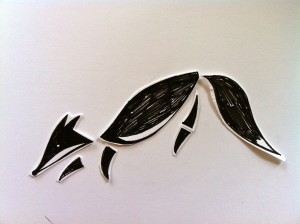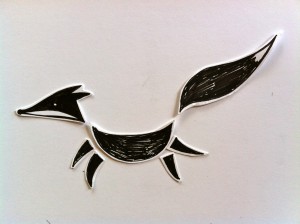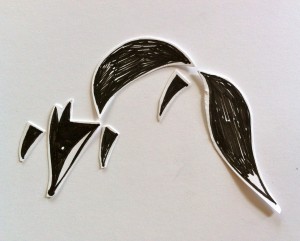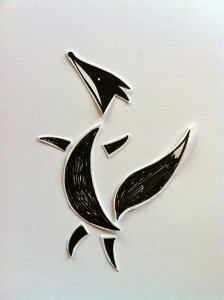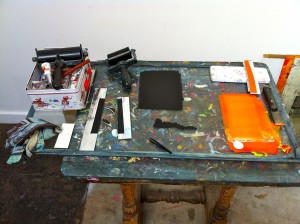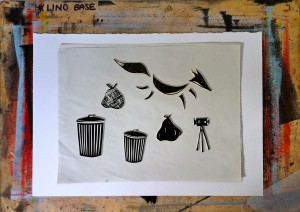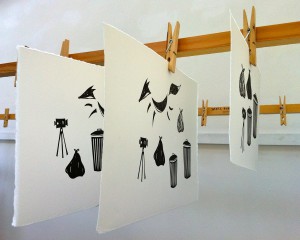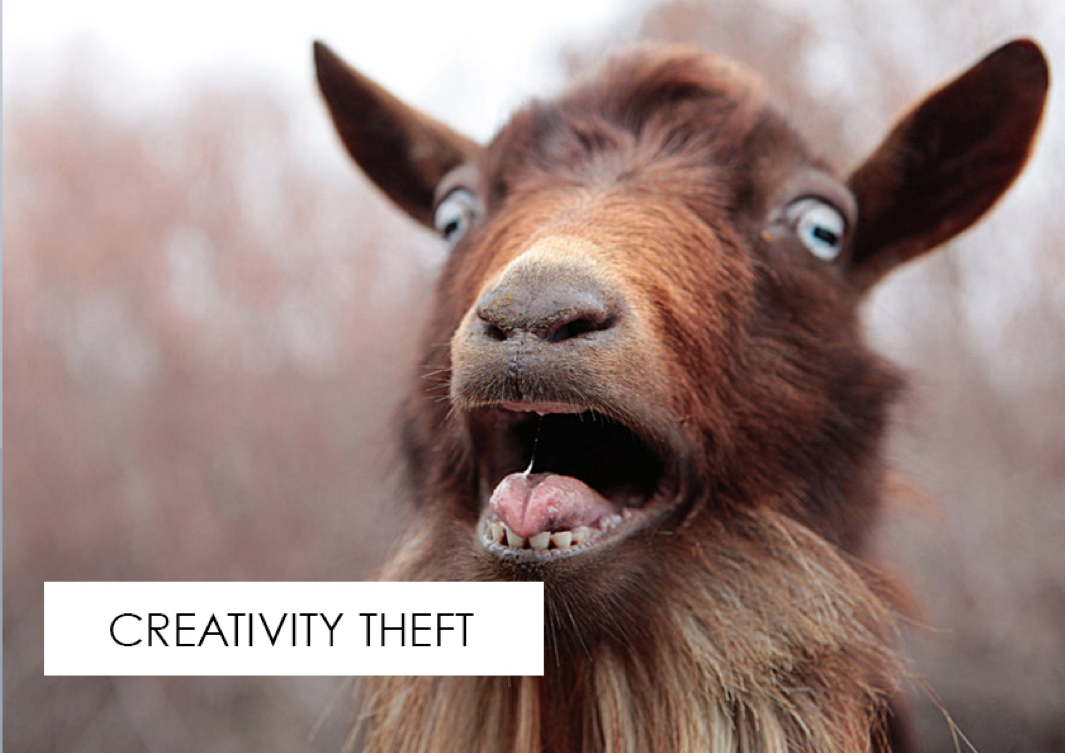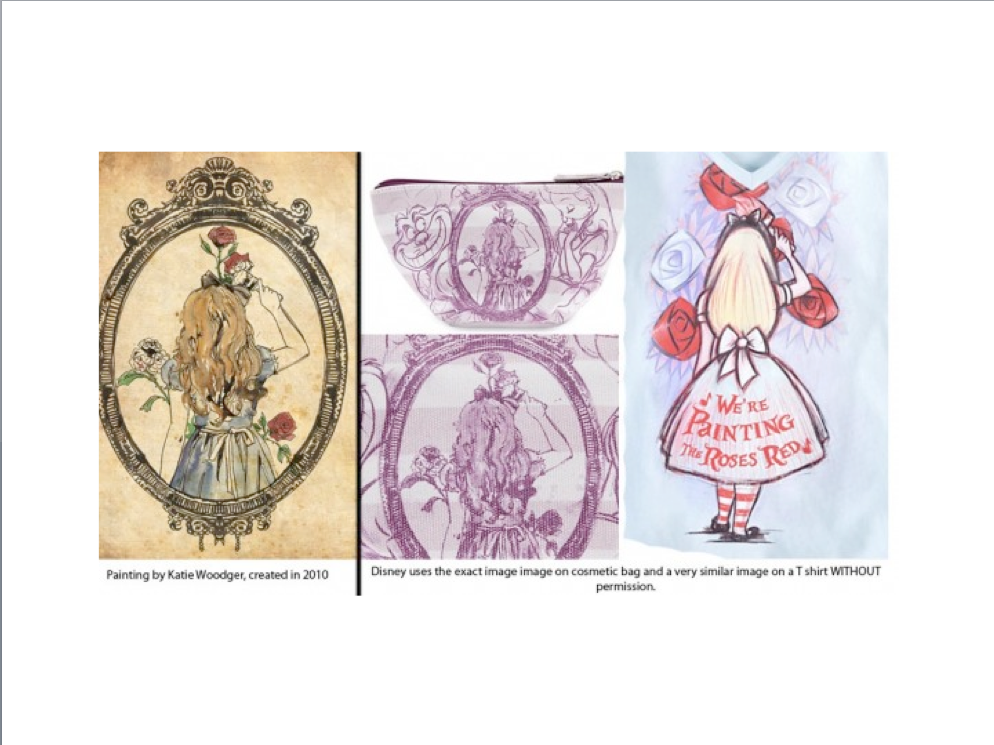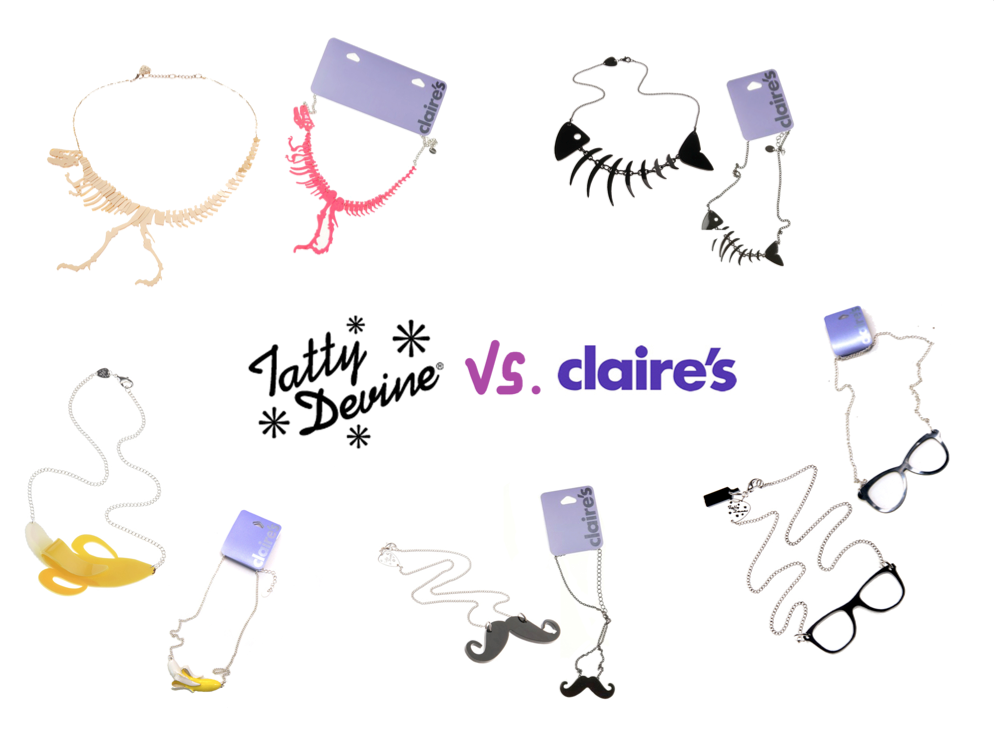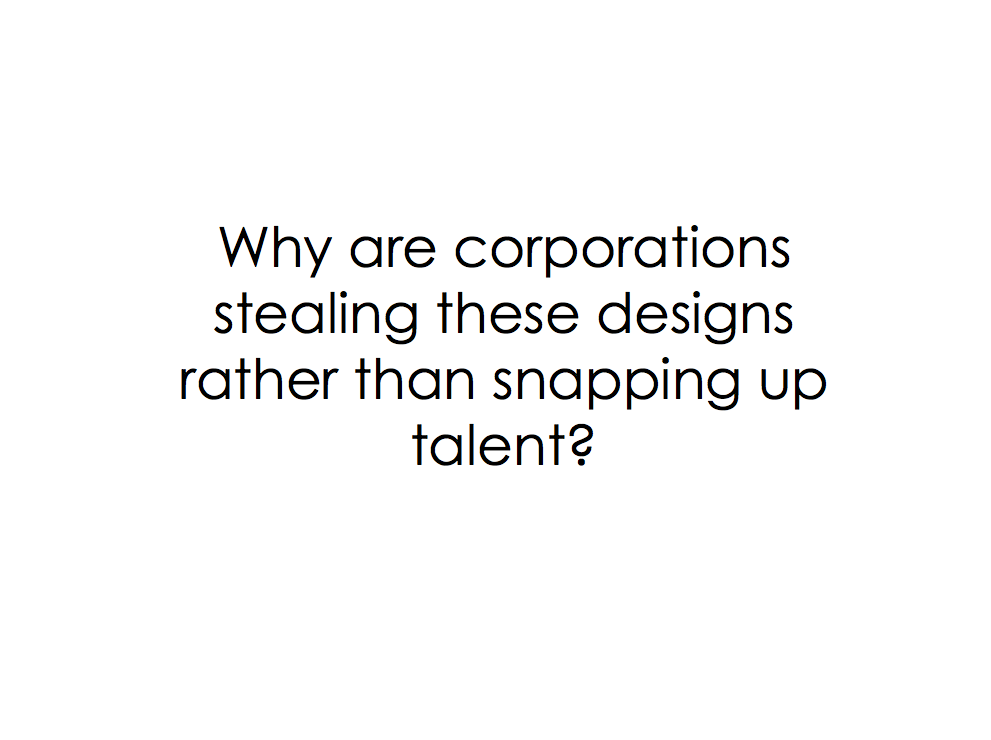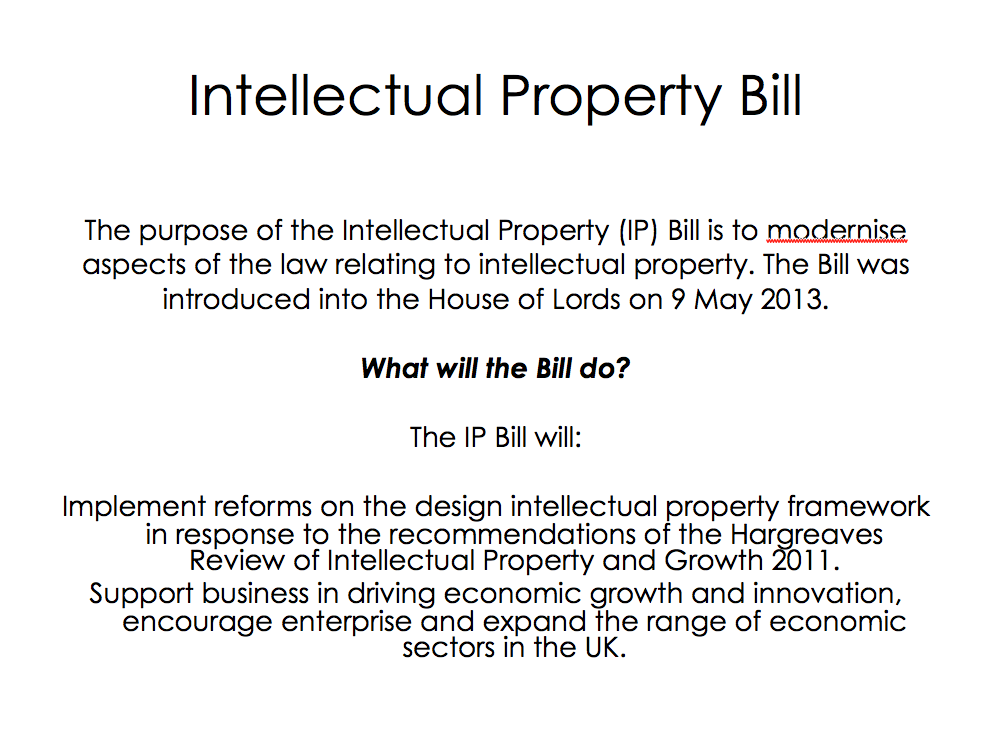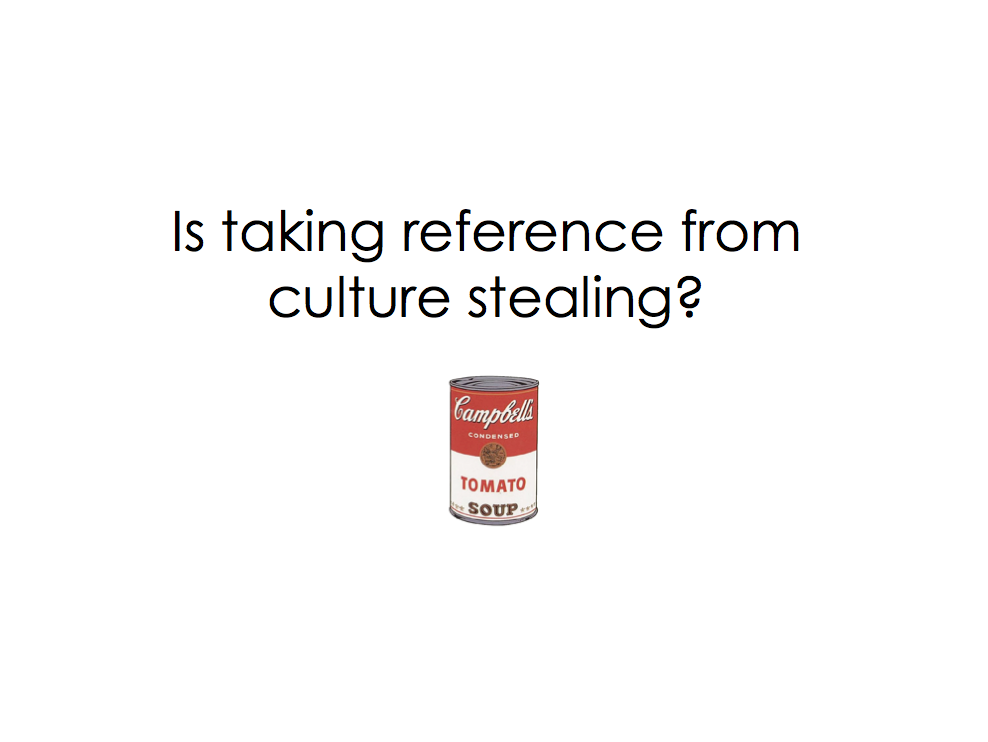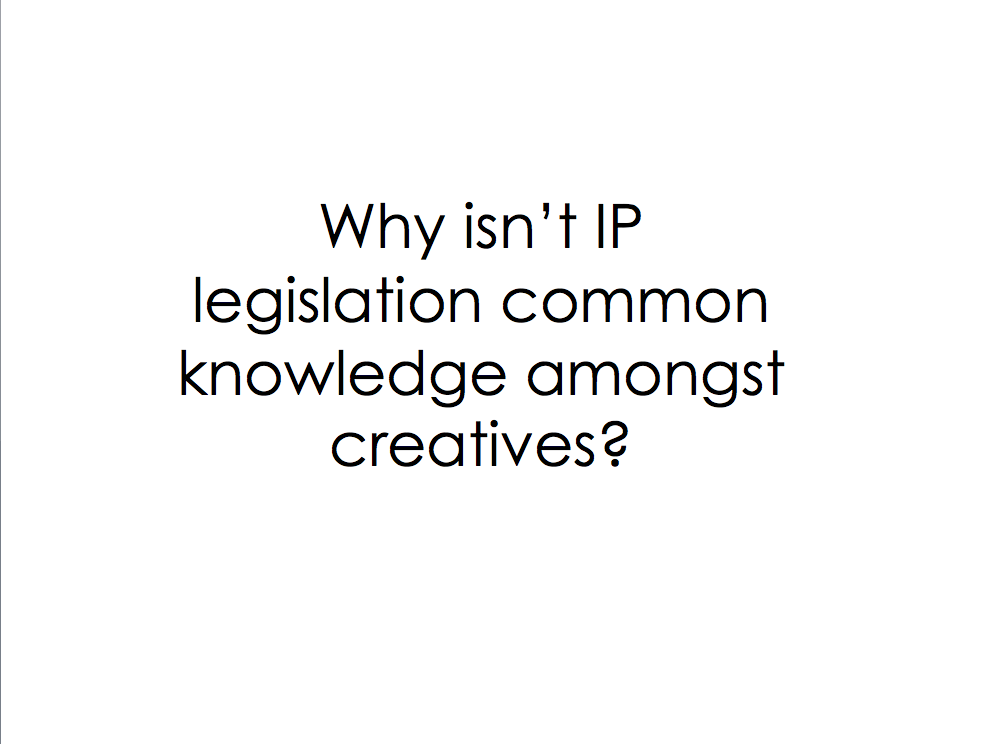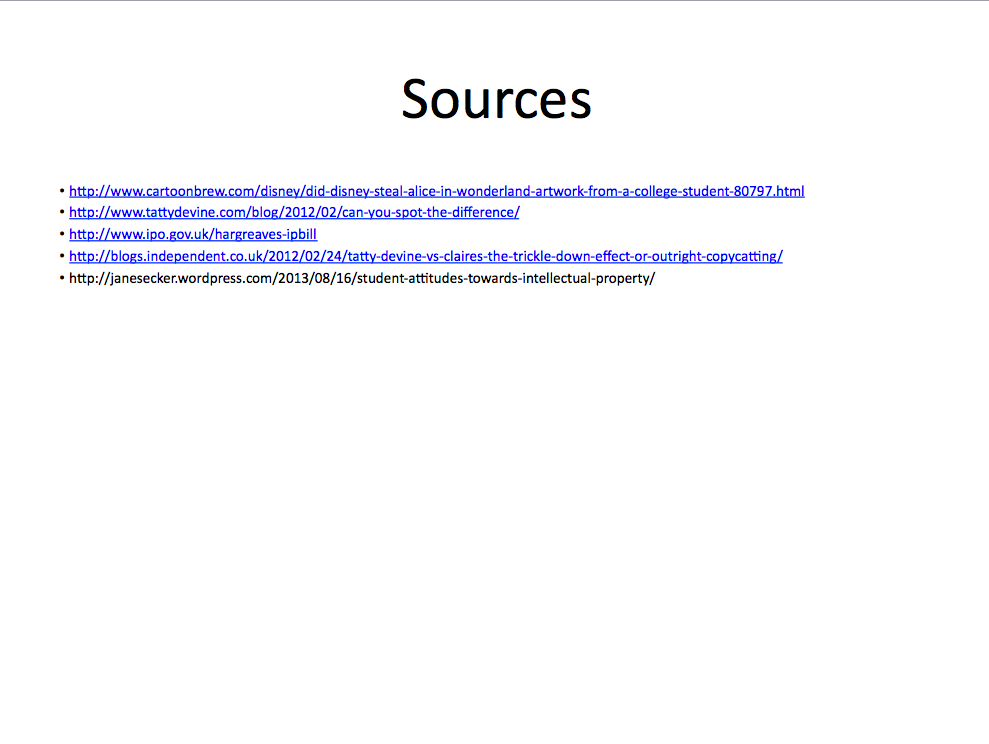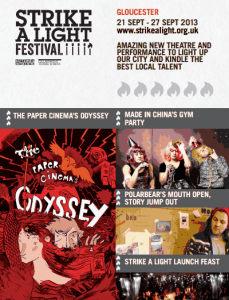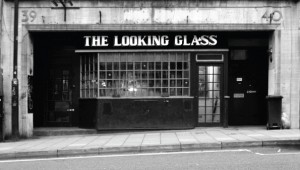When it came to deciding on the topic for my Got My Goat presentation the main topic that I knew I could write and rant about was the way the arts and the creativity can be forgotten in secondary schools. Schools do not always encourage creativity and the arts can be a luxury that a lot of kids are not afforded because qualifications and academia are more essential. Yet as luxuries go, this kind of view of the arts is helping to perpetuate and enforce an idea that the arts as something that can only be enjoyed by those with money.
So I decided to tackle three different and current topics that neither sociologists, politicians or educationalists have yet to solve. The problems and links between three of my big passions; education, the arts/creativity and social class in my cleverly titled presentation:

Trust me, the original title sounded more like an MA proposal. Given I’ve also covered aspects of all three topics in my BA dissertation on equality in education in post-1950s Leicestershire the problem I found early on was making sure that my argument was not bogged down in terms, theory and most importantly, only three minutes long!
For someone born into a working-class-minded family who stumbled into theatre with the then unchallenged and unspoken notion of the theatre as something that upper-class people enjoyed, this topic of class, mindset, art and the role of education has continually played on my mind. If anything I think this helps illustrate my first point, that Tony Blair was wrong about the class war is not over. Although it has changed throughout Britain into a new form where traditional ideas of social class have changed.
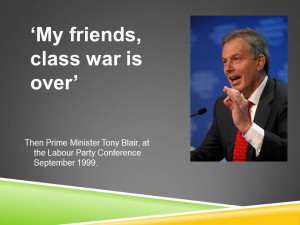
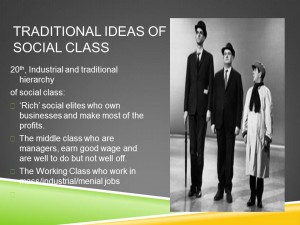
However, what remains at its simplest is an ‘us and them’ mentality of rich vs. poor, those who pay taxes vs. those on benefits, British vs. immigrants, the politicians vs. everyone else, etc.. The ‘them’ can also be multiple scapegoats or social groups but the struggle whether traditional or (post?) modern is about feeling threatened, alienated and held back by someone in a higher position of power.
I made these assertions based on a mixture of my previous studies of the working-class struggle and politics from the Industrial Revolution to Thatcherism from my second year history modules at university and my time doing education and outreach work with adults and kids from low income families in Bristol and Leicester.
After working in two schools with in deprived catchment areas and having worked in a Job Centre in a deprived Bristol area helping people to create their CV’s, I have seen the feelings of anger that need to be aimed at some form of target manifest themselves in one form or another. This doesn’t say that people of higher social classes cannot feel alienated or pushed aside by arts, culture, people or ‘them’ but we all have expectations and stereotypes in our minds when we see people on the street. We guess at their social group and there are plenty of misconception and preconception we will make about their lives, let along what art forms they enjoy.
Photograph removed
I included the above photograph at the start of my presentation and later half-way through to just highlight how everyone inherently at the back of our minds make snap judgement about people and how we think they might feel or value art, education or things important to us.
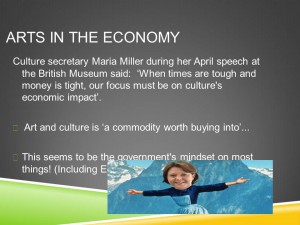
Although I had thought I knew a lot about the relationship between the arts/culture with social class from previous research, I discovered I had barely touched the top of the iceberg.
A few months ago an this article on Culture Secretary Maria Millers formed the first step at how I began looking at the idea of the economies link to the arts as an economic force. Miller said ‘that art is a commodity worth buying into’, which I used in my presentation to show how traditionally how the arts can be viewed as a much a money-making business as well as a cultural hub for expression and discussion.
Yet as articles by Diane Ragsdale and the government think-tank leader Professor John Holden in his pamphlet ‘Culture and Class‘ helped show there is a stronger link and similarity between the economy and the arts. As culture is itself it’s own economy.
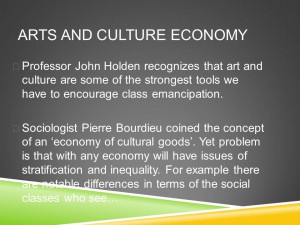
At the same time art and culture can have it’s own duplicity and can be as Holden says, the greatest tool people have in or to emancipate them from economic restrictions.
As some of the examples I choice to share in my presentation highlighted, Bristol as a case study has many festivals and events from outdoor graffiti festivals like the See No Evil and Upfest, free arts trails like the Gromit trail and Bedminster Bug trail and theatre in pubs, corridors, gardens and streets that inadvertently have freed art and culture beyond the traditional venues with their associations and different social group’s inherit misconceptions of these places defining who are is for.
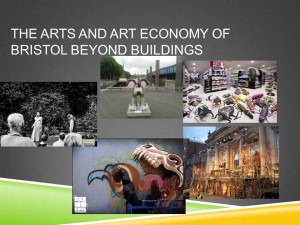
One piece of evidence I could not use due to time restrictions that highlights Bristol as culturally a hub of creativity in the UK unlike anywhere else and as a city of contrasts was a blog post by a Bristol writer entitlted ‘Bristol Give Me a Signal‘. The post highlights Bristol as a platform for art and more modern arts forms ‘whose graffiti is a more famous landmark than its cathedral.’
Yet lines later they also highlight the nature of unrest and unsettled actions of some in Bristol due to the ‘the everyday occurrence of a new Tesco opening with riots and firebombs’. Given also the blog is from someone who’s a part of the cultural scene of Bristol, their view of art and culture is bound to be different to someone outside of the ‘Republic of Stokes Croft’. A creative hub in Bristol that differs greatly to other parts of the city.
Bristol is a city of contrasts where you can go from on street to the other seeing different social groups and levels of wealth and poverty. Where I live in Bedminster you can go from my road of rented houses and family houses to two streets where their is a strong reputation for drug use and selling.
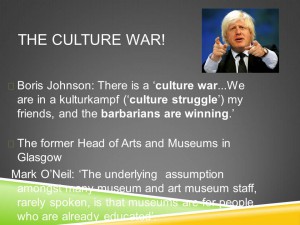
For some in Bristol and across the UK, Boris Johnson’s notion of a class war is there. Yet whether or not ‘the barbarians’ are winning is debatable. The view of some within particular branches of the arts such as Mark O’Neil (‘Culture and Class’) noted that expectation of those working within traditional forms of culture like galleries to expect educated people to come through the door tells a lot about these institutions.
Similarly an anecdote that I used while responding to a question after the presentation, by one of my colleagues at my school who has a degree in Fine Art, was about how modern art galleries purposefully target people from richer backgrounds. If you want to know what the piece is about you have to pay to find out. That kind of explains in part the logic behind why we always exit through the gift shop.
The creative and arts industry in Britain might be the fastest growing, yet there is still a clear divide between those who attend and work within arts and culture.
Statistics within Holden’s pamphlet estimated that the gap between those from higher socio-economic groups (76.7%) who attend cultural events as opposed to those in lower-economic groups (53.8%) in 2008 presents a difference of 22.9%. Similarly in the same year the difference between those partaking in cultural events from higher socio-economic groups (57%) as opposed to lower socio-economic groups (37.5%) shows a difference almost 20%, which is still a big gap.
Yet this all links into education which as a system still has its focus on an economic module which has been out-dated since the Industrial Revolution.
it as discouraged children from having multiple types of intelligences, teaching creativity and broad-thinking when education can be used as a tool to teach us about why the arts are important and can help our lives. Education is still focused on preparing students for jobs that are in short demand or convincing students that you’re only valuable if you go to university and that being a part of the arts is only for a lucky few, as Professor Brubaker’s words to a school leaver this past August show.

His phrase of ‘If you are poor you might as well give up’ can be found on this webpage. This seems to show education not as liberating but leading to pre-determined pathways.
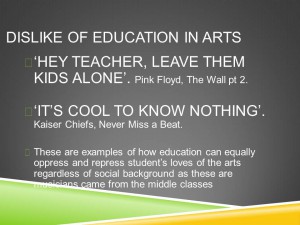
A British cultural perception of education as useless and destructive to creativity has been shared by my research and interest in the Ted talks of educationalists like Sir Ken Robinson (Schools Kill Creativity, Educational Death Valley, Learning Revolution), as well as by British creatives of middle-class backgrounds, from Pink Floyd to the Kaiser Chiefs as seen above.
By this time in my presentation I was running out of time to speak and I summed up how education as a tool
Holden stated that like art, education is one of the most powerful tools for social emancipation and progression and despite some schools and teachers best attempts to foster creativity the direction of education in this country is governed by teachers been paid to meet targets and achieve high GCSE grades to receive their pay. Grades and the pressure of success will triumphant over developing and encouraging development in children that cannot be measured and lead to a qualification.
I summed up by showing this picture below that in a nutshell shows how we are forcing kids of all intelligence types, strengths and abilities to fit into a one-sized hole and how by doing we will limit the opportunities for those from lower social-economic groups to enjoy or be involved in the arts.

I was not able to highlight everything or explain all my ideas, beliefs or research, yet the main link that came from questions from Zoe, Hannah and Rosie all very much linked to questioning should this responsibility for education people about the arts be something that parents and government should lead?
At the time I spoke about the fact that our time at school, whether we like it or not has a significant impact on our future lives, but a lot of our views, likes and dislikes do come from our families and the social groups we are born into. Both parents and government do have a responsibility to help kids learn about the arts, however the former will stick to what they like and know. The former has often alienated people, as Holden writes about, by either seeming to make some social groups feel art and culture is being dumbed down for them or by treating art as a sacred cow valued highly in a way that makes it inaccessible.
On reflection however there are several a strong triumphants that show the inter-dependency of how both education and art and culture can successfully help both state and people.
Firstly, the problem with education that Ken Robinson has spoken about highlights that both government attitudes and public attitudes towards education have helped define it. A negative view of education as failing and as having a primary purpose to get students into university has helped keep schools as miniature factory that separate students into undergraduates and manual ‘failures’. Yet if public or government opinion were to change in a way that saw the benefits of education and how by re-structuring what schools do could in fact lead to education becoming seen as valuable again and influencing not only how schools are run and their purpose, but the attitude of students who come to learn and their ideas of what they can achieve.
Secondly, there is also a sort of triangular link between art/culture, education and government that using the same principals could be used to change the outlook of how people view the arts.
My argument focused on education as a tool to change how some social groups see arts and culture because I believe school is where the journey of life starts for all of us. Yet schools also reflect the values, ideas and hopes of the society they are based in and education can and does go hand in hand to help some access and become involved in the arts. The problem is the chance is not given to everyone equally.
To watch me present my present the ideas I discuss above please check out my stumbling attempt HERE.
